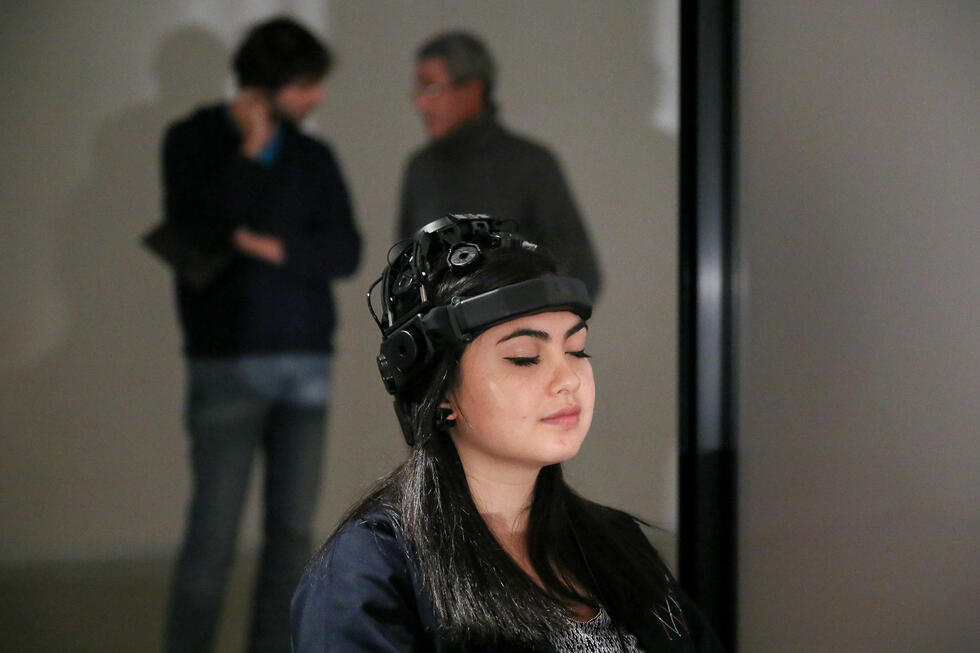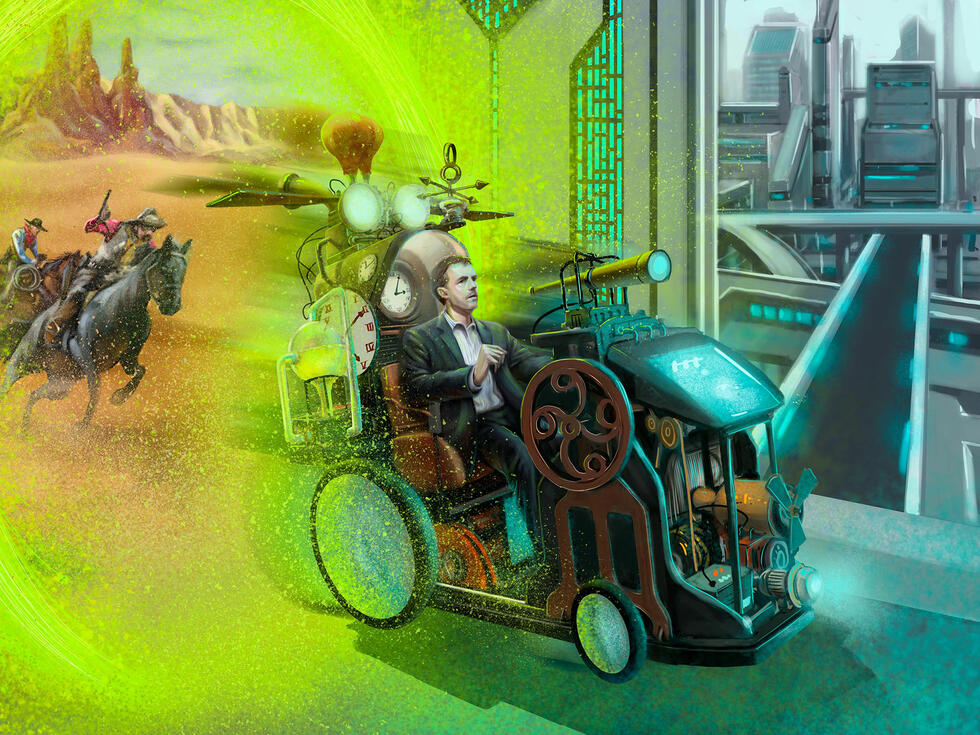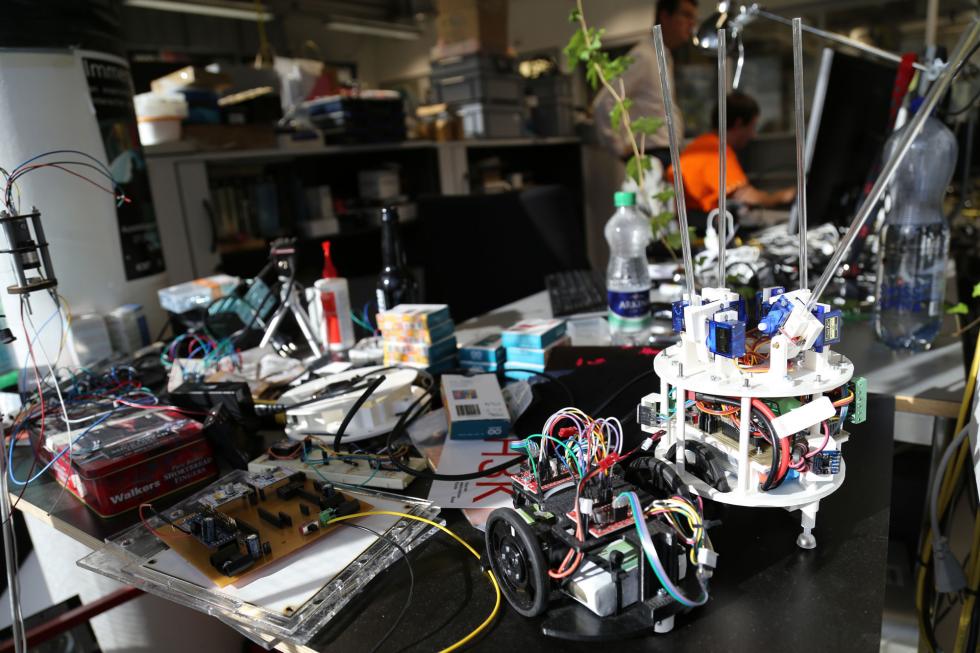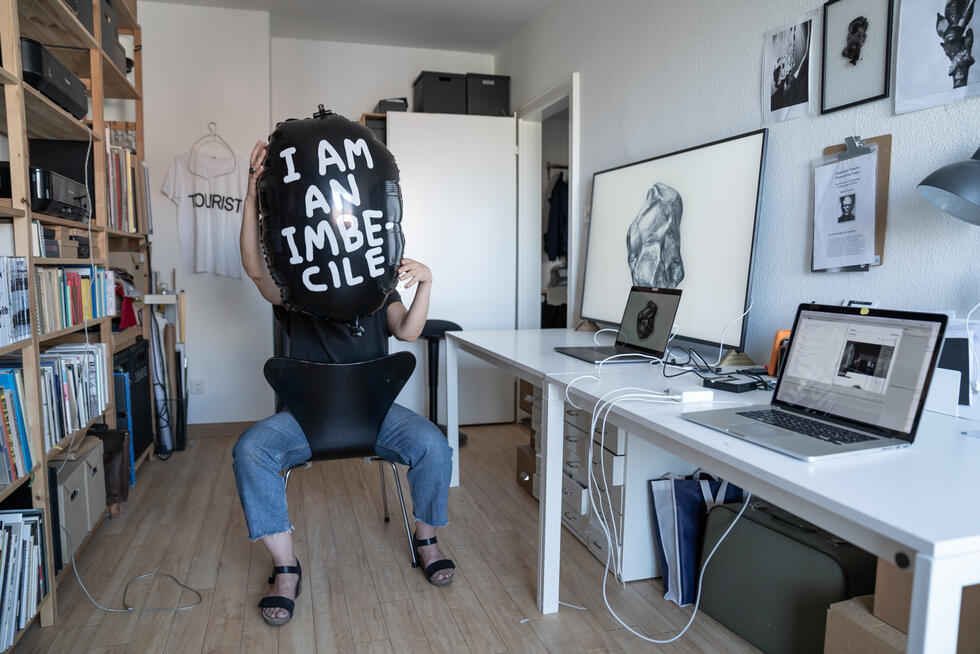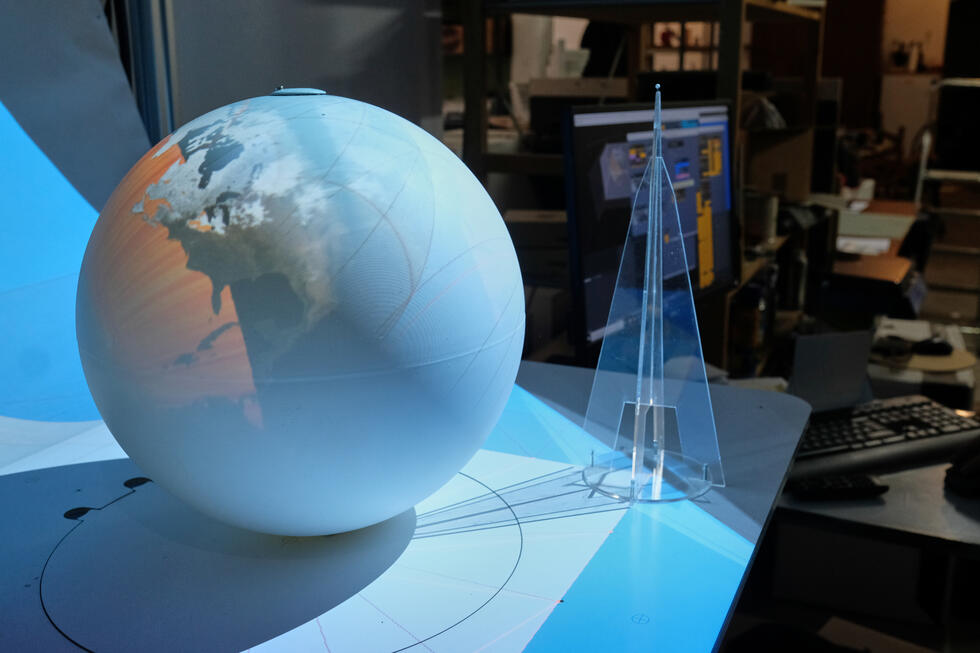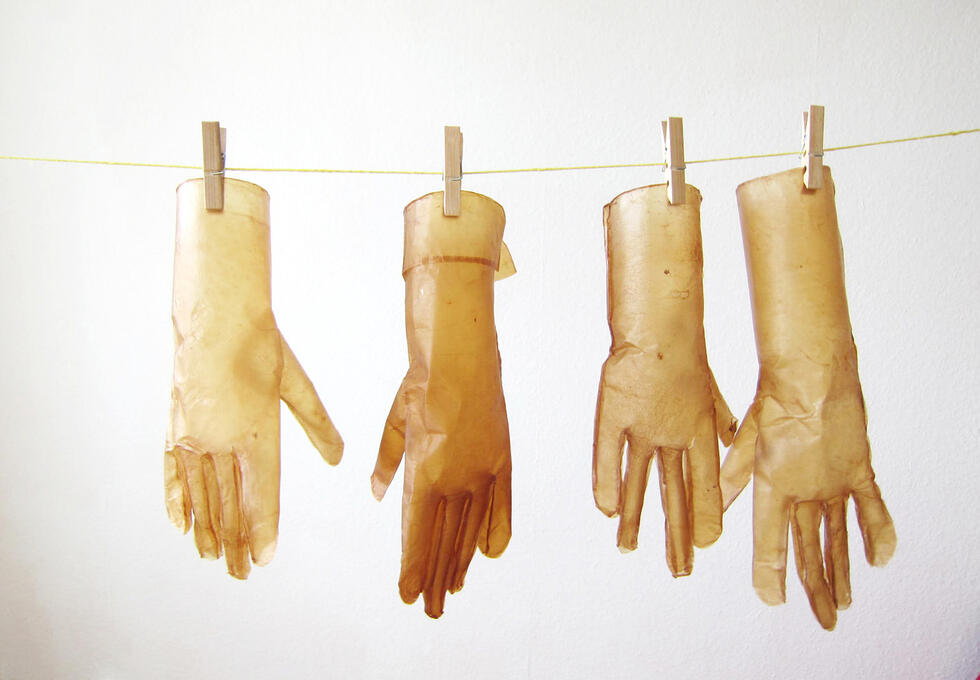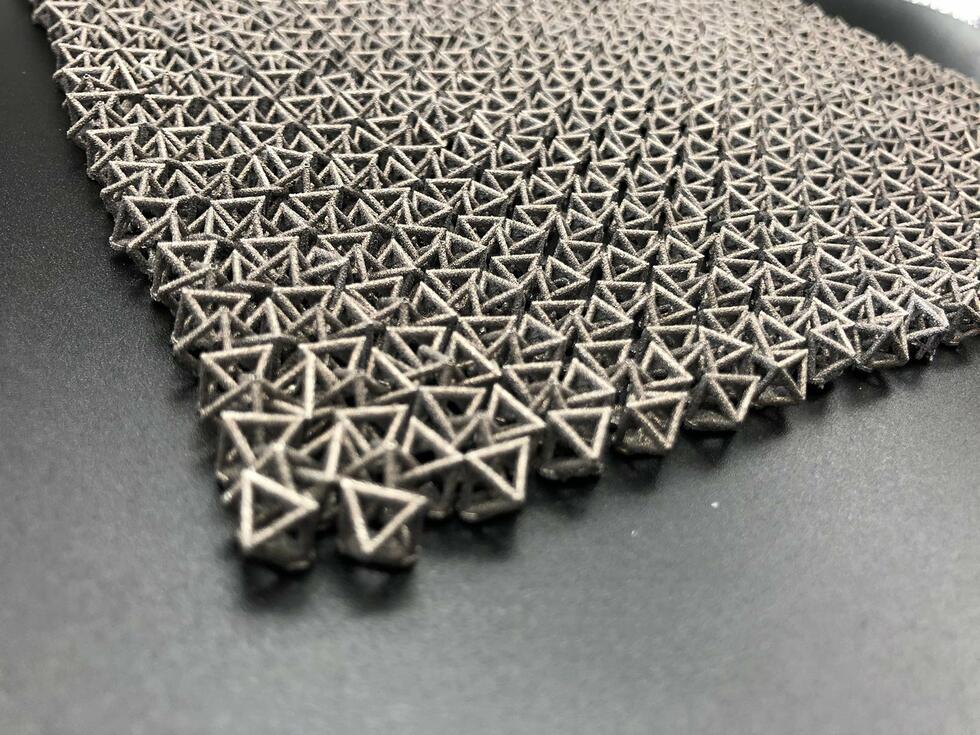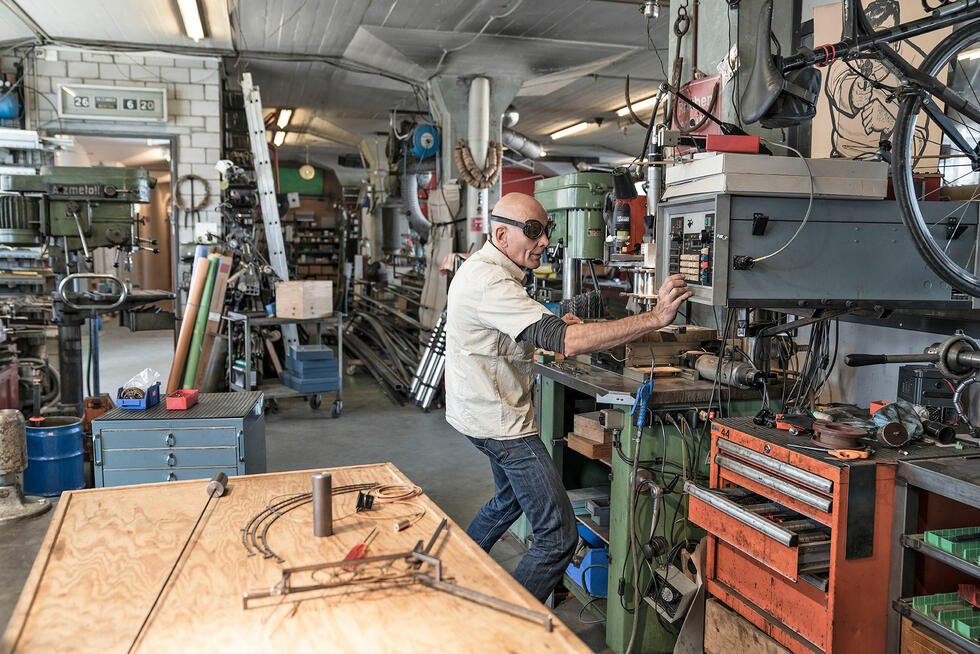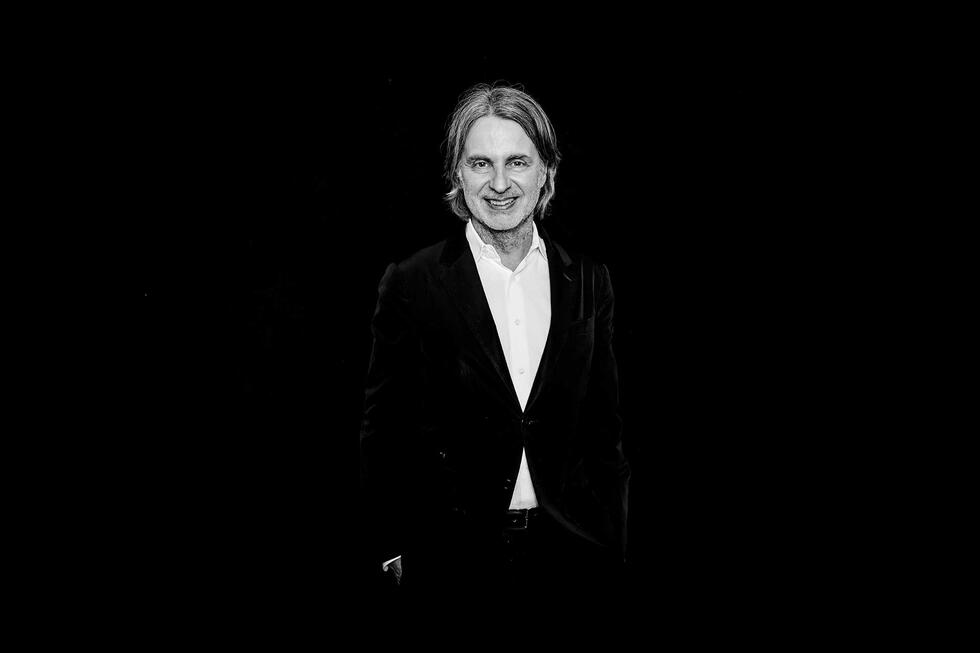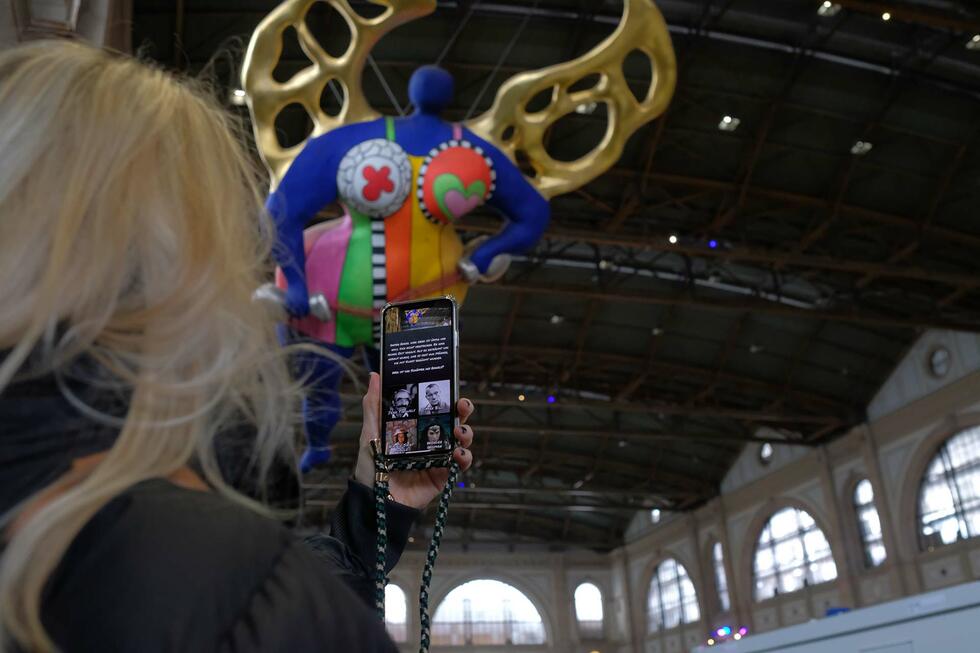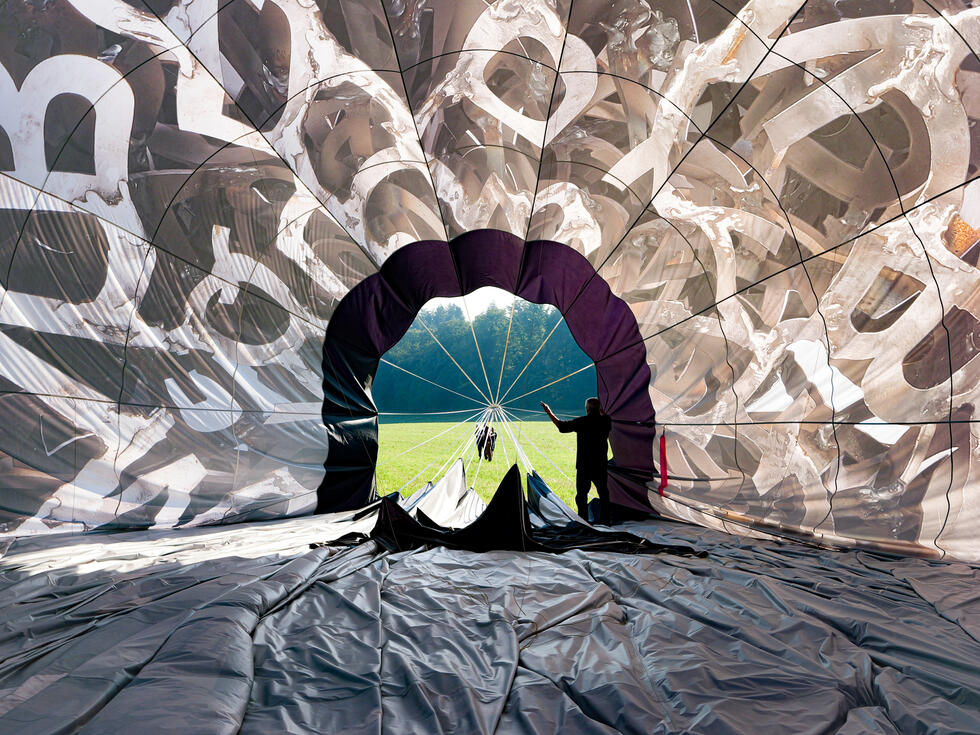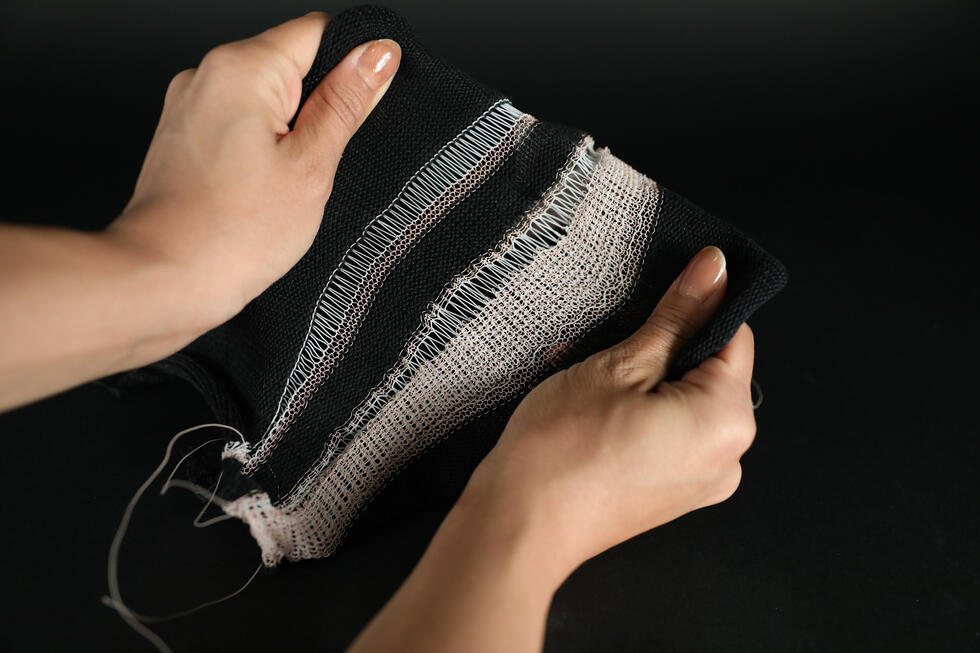In the realm of the digital supermodels
With its virtual supermodels, a digital model agency is set to shake up the fashion industry; the stylish avatars have already been featured in major campaigns. The idea came from a fashion photographer who grew tired of the industry while he was doing Barbie doll makeovers.
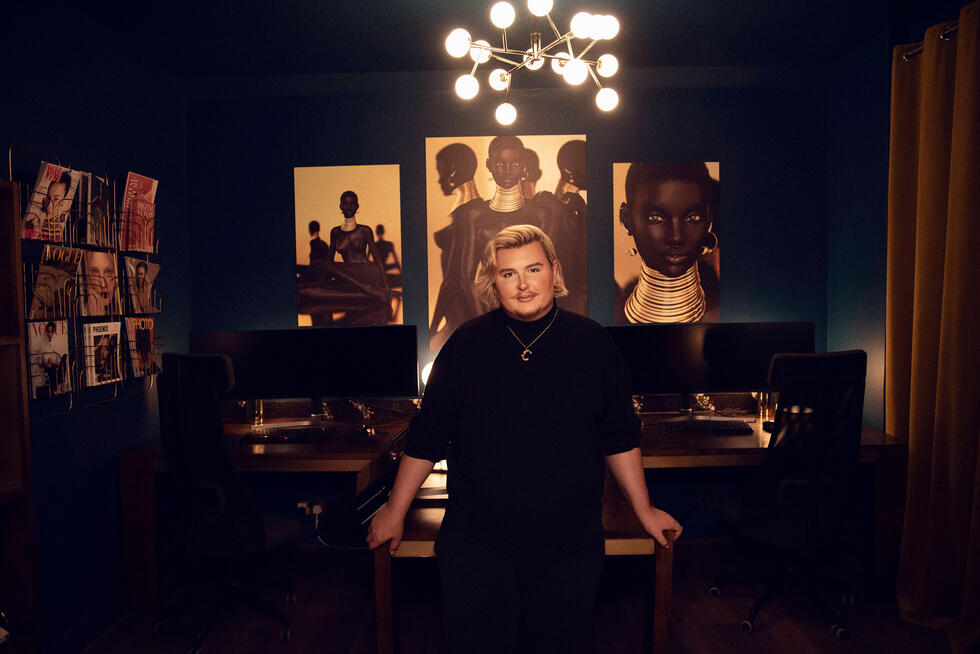
When you hear of someone who has a passion for YouTube videos about Barbie doll makeovers and ends up painting them himself, you might not expect to find a grown man. However, 32-year-old Cameron Wilson is anything but a child: Together with a small team, he founded a model agency called “The Diigitals” specializing in the creation and placement of digital supermodels. A visionary project: In doing so, the agency offers a glimpse into the fashion industry’s potential digital future. Wilson’s voice reveals him to be a youthful spirit, and his creative mind possesses a childlike curiosity that many people lose in the course of growing up. But how does an adult and successful fashion photographer become involved with Barbie dolls in the first place?
As someone who has always struggled with his own physical appearance, Barbie dolls embody a universal beauty to me
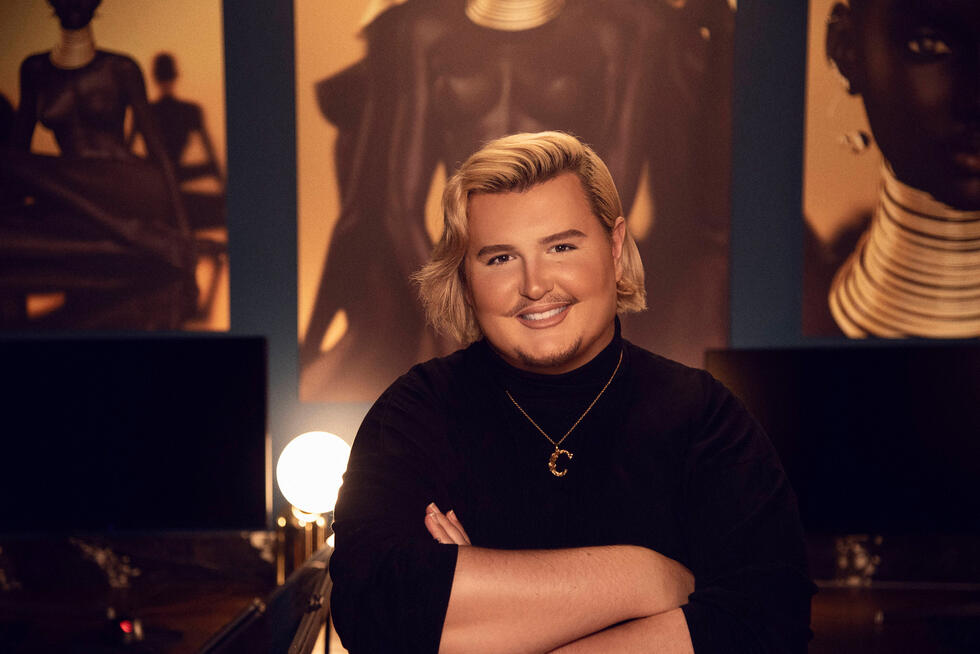
“After eight years working as a successful fashion photographer, I turned my back on the industry,” Wilson says. He felt like he was in a creative rut and realized he had little control over the photo shoots, he says. “I moved back in with my mom and didn’t know what to do with life.” In search of something to occupy his creative spirit, he stumbled upon YouTube videos about Barbie doll makeovers. “I became obsessed with them,” he says, referring to his fascination as a form of escapism. “As someone who has always struggled with his own physical appearance, Barbie dolls embody a universal beauty to me,” he says. His family found his obsession somewhat disconcerting. But he did not let this deter him and soon began to beautify Barbie dolls himself. However, he lacked the necessary dexterity. “I started looking for 3D software that would allow me to do the same thing with virtual models.” Eventually, he found what he was looking for in “Daz 3D”. This program allowed Wilson to sculpt models to his own specifications and flesh them out in great detail.
Virtual alien beauties
“You start with a basic model that looks like a blank mannequin and sculpt out her features,” he says, explaining the process. He adjusts the skin tone, changes the eye color, adds freckles, defines the body. “Shudu” was the first virtual supermodel Wilson created – a black beauty with perfect complexion, a sometimes vulnerable, sometimes lascivious expression, and the perfect long, lean physique of a catwalk model. “The inspiration for my creations comes from the supermodels of the 1980s and 90s,” Wilson explains. The avatars can be morphed to the point where they become aliens, he adds. With “Galaxia”, Wilson actually created an extraterrestrial model. It takes Wilson one to two weeks to mold the basic characteristics of a new model. Bringing the model to its final form takes several weeks more.
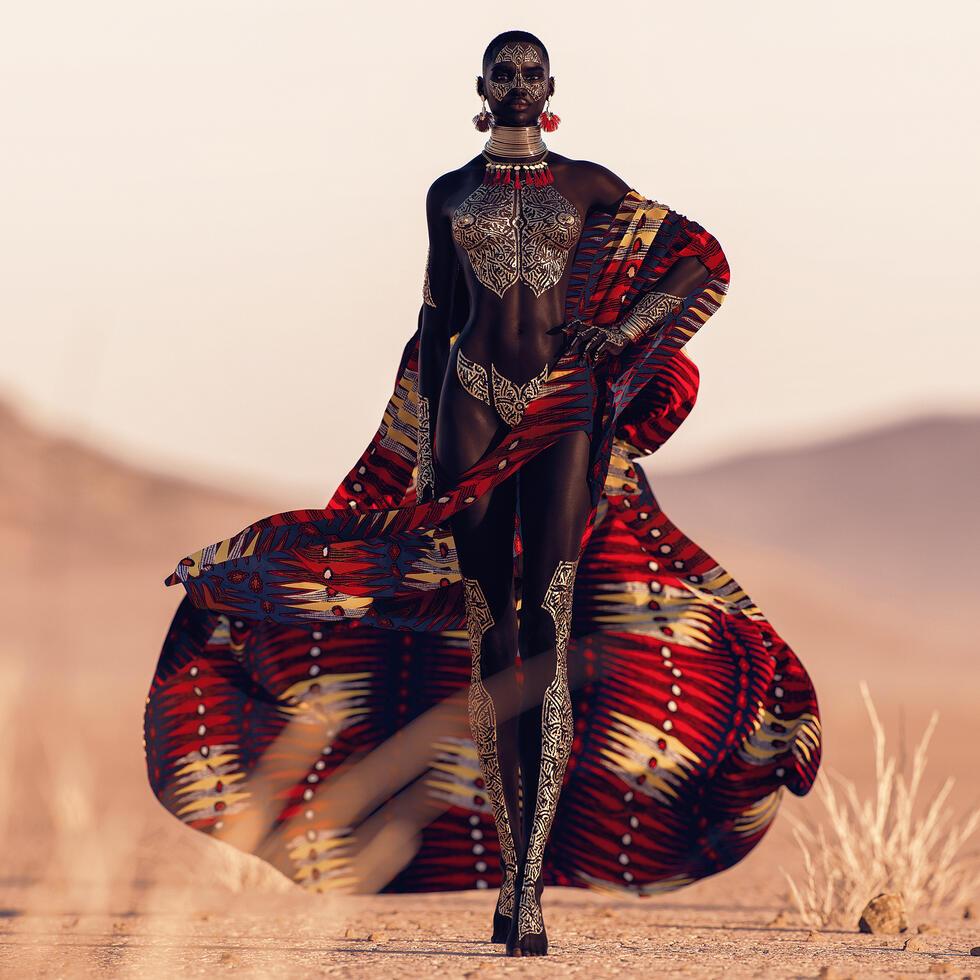
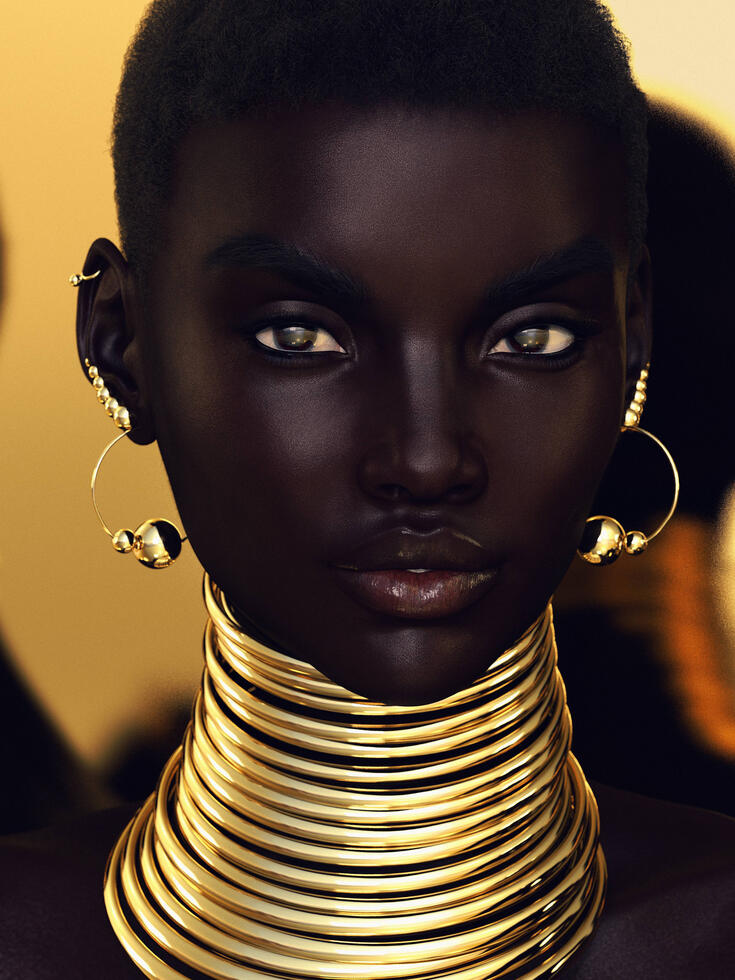
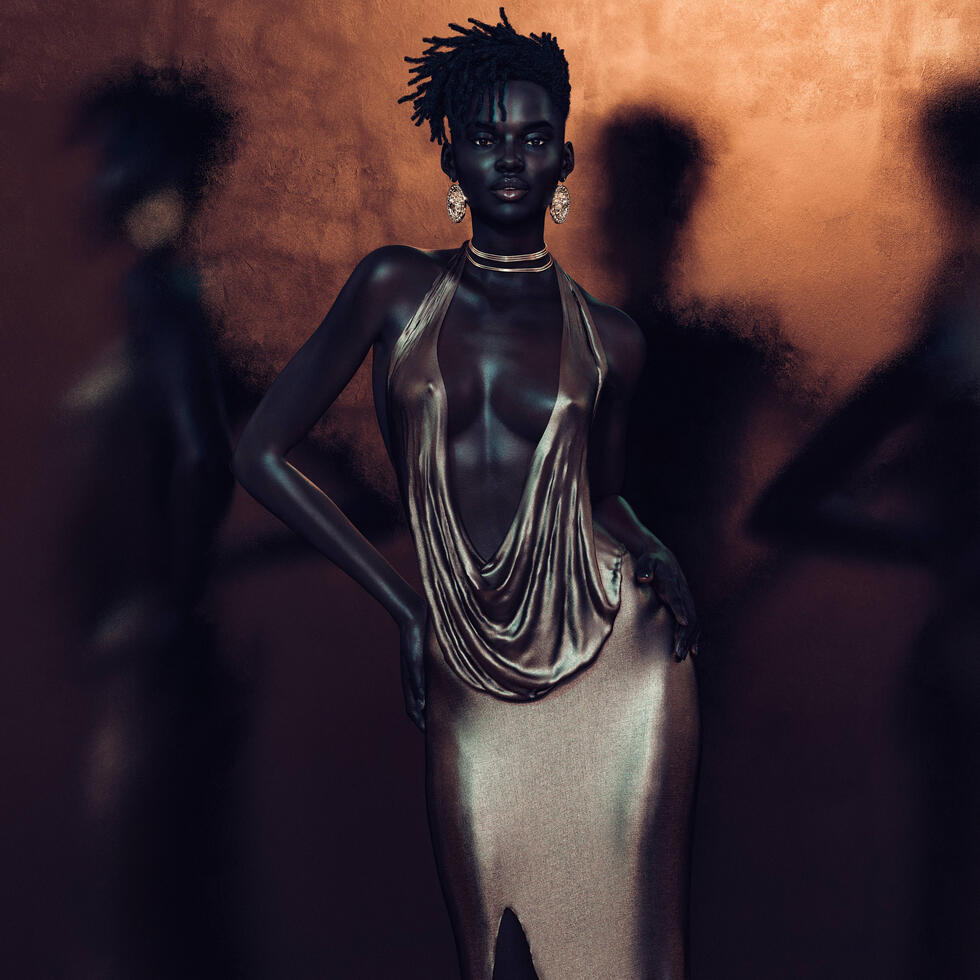
In 2018, Wilson decided to found “The Diigitals”, a digital agency with which he offers his near-perfect models for ad campaigns. “To me, founding the agency initially had a purely disruptive purpose,” he says. He has a love-hate relationship with the fashion industry. He despises it as much as he is fascinated by it. Many people are unaware of the extent to which agencies abuse models, he explains. Naturally, not every agency operates irresponsibly, but there are way too many bad apples. “I also wanted to create something that hadn’t existed before,” Wilson says. His inspiration came from science fiction stories and television series such as Black Mirror.
Criticism regarding beauty stereotypes and skin color
Looking at the models created by Wilson, it is easy to forget that they are artificial – often only tiny details hint at the deception. However, this can give rise to a queasy feeling, often described by the term “uncanny valley”. An “uncanny valley” occurs when, due to small discrepancies, the brain cannot clearly identify an image as an illusion or reality. Wilson sees the “uncanny valley” more as a validation than a problem: Even real models are sometimes photoshopped to the point of artificiality, he says.
Auf Social-Media-Kanälen sehe ich Leute, die noch viel künstlicher wirken

He describes this as the “fashion reality”, and his models primarily conform to this reality. However, this has also earned him criticism. The “fashion reality” with its perfectly designed models promotes beauty stereotypes rather than questioning them. Wilson thus supports mechanisms that he actually intended his model agency to challenge.
This is where Wilson runs into difficulties providing an explanation, and his justifications come across as somewhat contrived: “On the social media channels, I see people who look even more artificial.” But he glosses over the fact that social media selfies are inspired by the beauty ideals set by the fashion world. On the other hand, Wilson certainly also breaks the beauty stereotype: With Brenn, for example, he has created a voluptuous model with generous curves.
Another criticism focuses on the skin color of his first model, Shudu. Being a white male who created a black model, he was confronted with accusations of appropriation and exploitation. But he does not agree with this criticism. “Whenever we use Shudu for campaigns, we work together with black models and creative minds,” he says. People of color are underrepresented in the fashion industry, he says, a fact he is trying to change. In fact, Wilson’s “muses”, who lend their voices and, at times, their looks to the digital models, are exclusively people of color.
Digital transformation
Wilson is also not afraid to break down gender boundaries and challenge sexual orientations. His latest model, Jyung Gram, is a masculine-looking but still androgynous figure who could well be perceived as having homosexual tendencies. “The industry lacks diversity and representation,” Wilson says, addressing gender issues as well as the skin color of the models and people behind the camera. “We need a revolution from the top,” Wilson emphasizes. The industry will not change until there’s gender diversity among the top executives.
You no longer have to fly entire crews around the globe to shoot a campaign
But Wilson believes that the fashion world is also in the midst of a digital transformation: “An increasing number of designers are using 3D technologies to design clothes,” he says. Thanks to digital models, their creations can be tried on directly on a PC. Wilson also believes that digital models offer advantages when it comes to the environmental footprint: “You no longer have to fly entire crews around the globe to shoot a campaign.” His digital models Shudu, Dagny, and Brenn have already appeared in advertising campaigns for Lexus, Louboutin, and Samsung, and have adorned the covers of major fashion magazines such as Vogue. Even live performances have been implemented: Shudu and her fellow models gave their catwalk début at last year’s Miami Swim Week, which caused quite a stir.
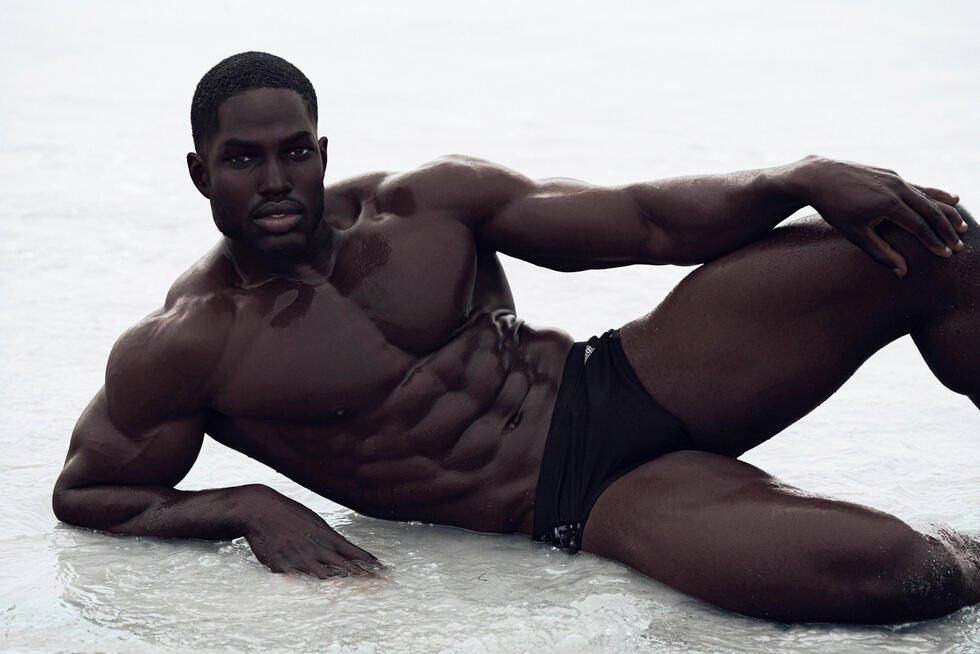
Real supermodels will never be displaced
But Wilson does not believe that Shudu and her successors will ever replace real supermodels. He is convinced that digital models may have their following, but people have always wanted to see real people – with all their flaws and imperfections. So while digital supermodels provide an exciting insight into the possibilities of digitalization, they also invariably come across as somewhat aloof and distant. Consequently, it would be exciting to see what would happen if the virtual models were to suffer mistakes and mishaps. If, for example, an artificial model were to trip on the catwalk, or a glimpse behind the scenes were to show a digital model swearing, smoking, or crying. The slick staging with the sole purpose of garnering likes and followers will not be enough in the long run, Wilson concludes. But all the same, he still enjoys watching Barbie doll makeovers on YouTube.
Written by: Jan Graber
Photos: Diigitals


